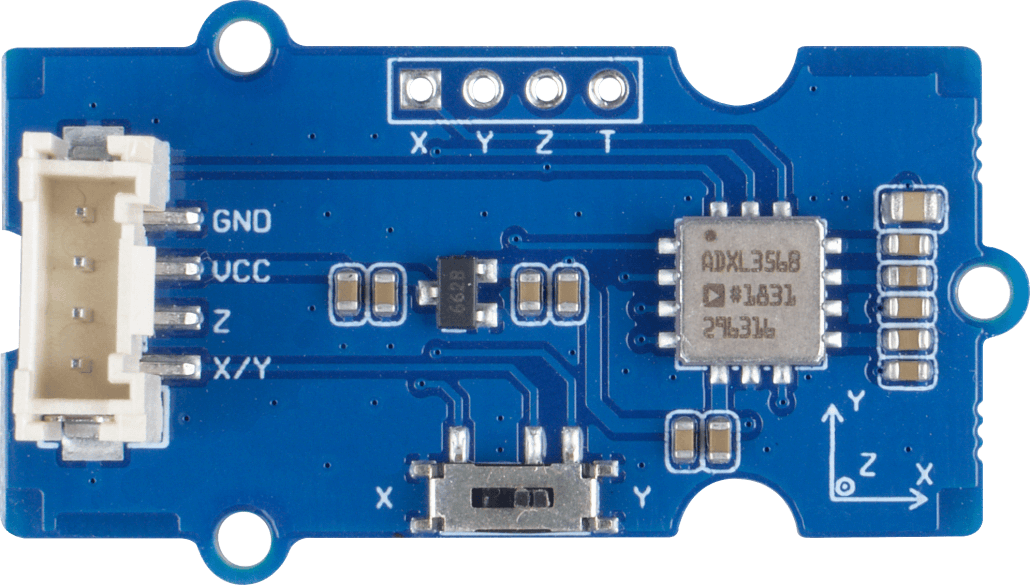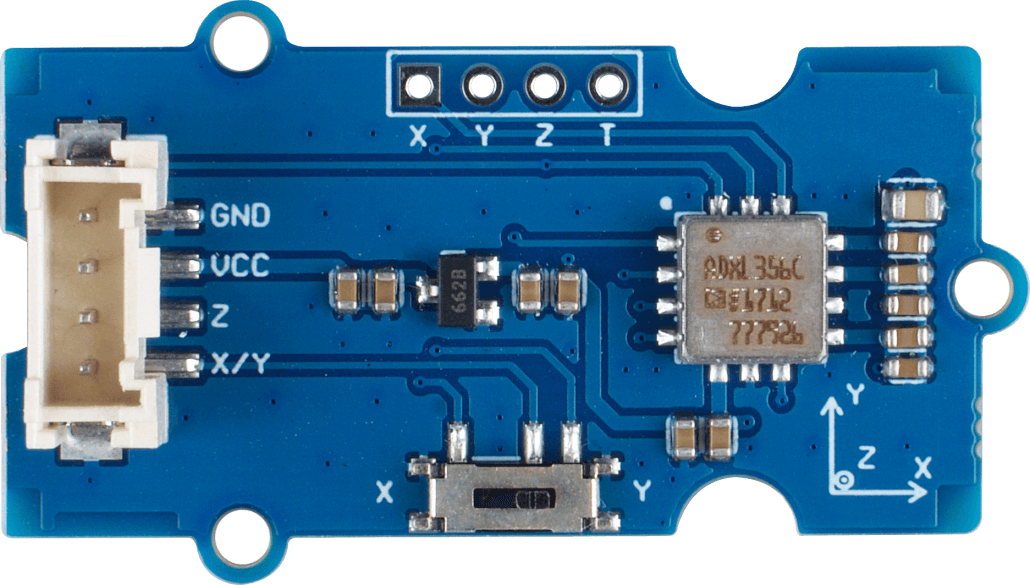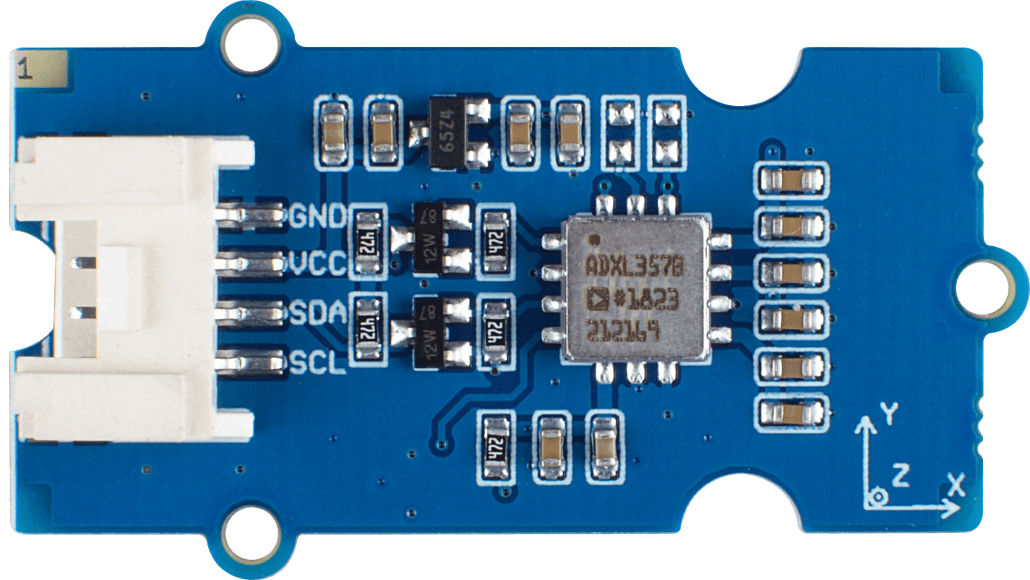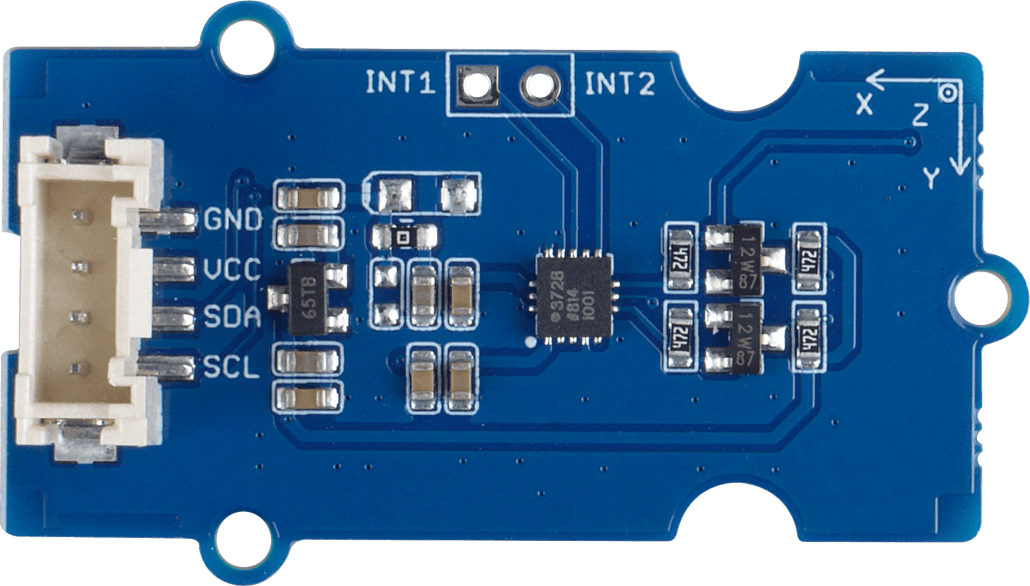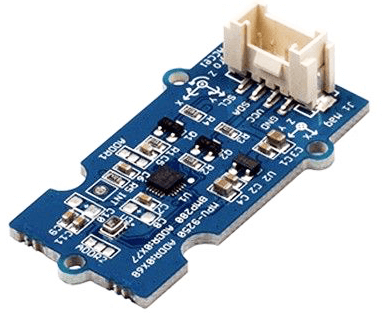New Accelerometers have arrived – #newproductsTuesday
Hey Seeekers,
It’s NewproductsTuesday. Today we are very excited to release four accelerometers. Two accelerometers based on Digital and the other two based on Analog interfaces. So, these are the accelerometers that are releasing today.
Grove – 3-Axis Analog Accelerometer ±20g (ADXL356B)
Grove – 3-Axis Analog Accelerometer ±40g (ADXL356C)
Grove – 3-Axis Digital Accelerometer ±40g (ADXL357)
Grove – 3-Axis Digital Accelerometer ±200g (ADXL372)
So, what is an accelerometer?
An accelerometer is an electromechanical device that will measure acceleration forces. These forces may be static, like the constant force of gravity pulling at your feet, or they could be dynamic – caused by moving or vibrating the accelerometer.
How do accelerometers work?
Accelerometers are able to measure acceleration on one, two, or three axes. Nowadays you can find more 3-axis accelerometers as the cost of development for them decreases. Some accelerometers use the piezoelectric effect – they contain microscopic crystal structures that get stressed by accelerative forces, which causes a voltage to be generated. Another way to do it is by sensing changes in capacitance. If you have two microstructures next to each other, they have a certain capacitance between them. If an accelerative force moves one of the structures, then the capacitance will change. Add some circuitry to convert from capacitance to voltage, and you will get an accelerometer. There are even more methods, including use of the piezoresistive effect, hot air bubbles, and light.
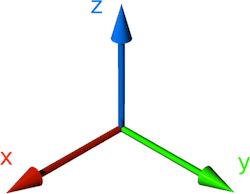
Why Digital and Analog?
Accelerometers are mainly divided into two types,
- Digital
- Analog
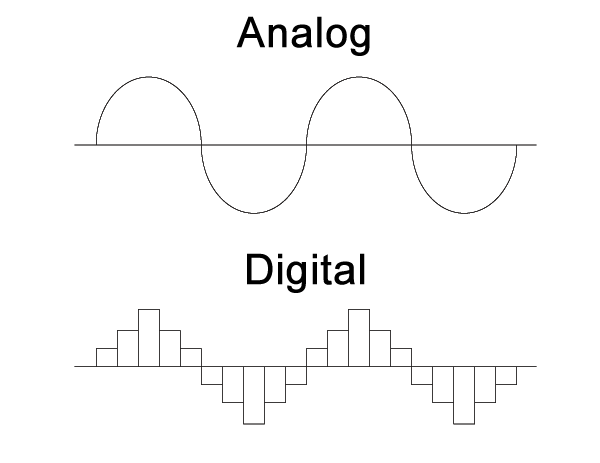
But what’s the difference between the two?
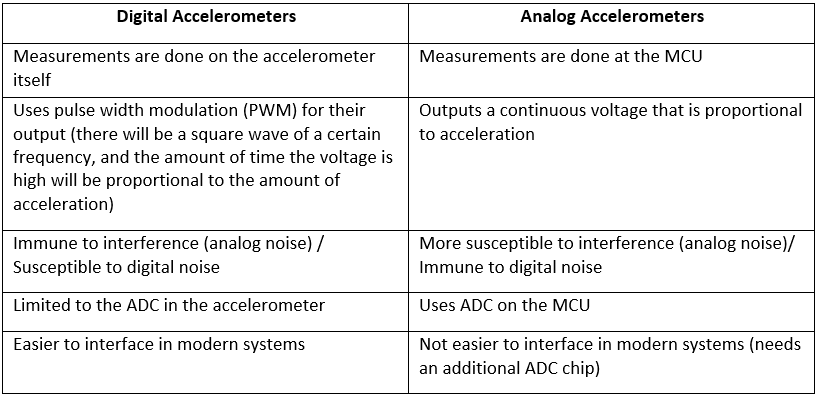
What are the accelerometers we had before?
We’ve had a few accelerometers in the past and they are the:
- Grove – 3-Axis Digital Accelerometer(±16g)
- Grove – 3-Axis Digital Accelerometer(±1.5g)
- Grove – 3-Axis Digital Accelerometer(±400g)
- Grove – 3-Axis Digital Accelerometer ±16g Ultra-low Power (BMA400)
- Grove – 3-Axis Analog Accelerometer
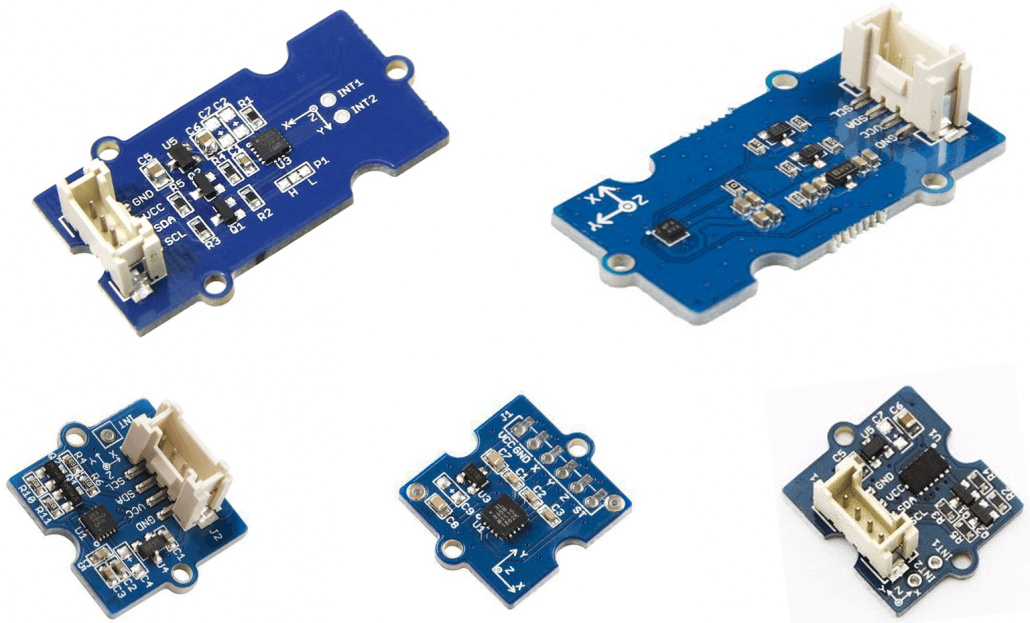
What are the differences between these accelerometers?
The main difference between these accelerometers is the range. Most will have ranges varying from ±1g up to ±400g. When the range is smaller, the reading from the accelerometers becomes more sensitive. Therefore, to measure small vibrations, it’s better to use an accelerometer with a small range that will provide more detailed data than using an accelerometer with a large range.
The difference between our new accelerometers

Any other type of accelerometers?
Apart from the 3-axis accelerometers we have, there are also accelerometers combined with gyroscope, compass and barometer.
We have two modules combined with a 3 – axis accelerometer and a 3 – axis gyroscope
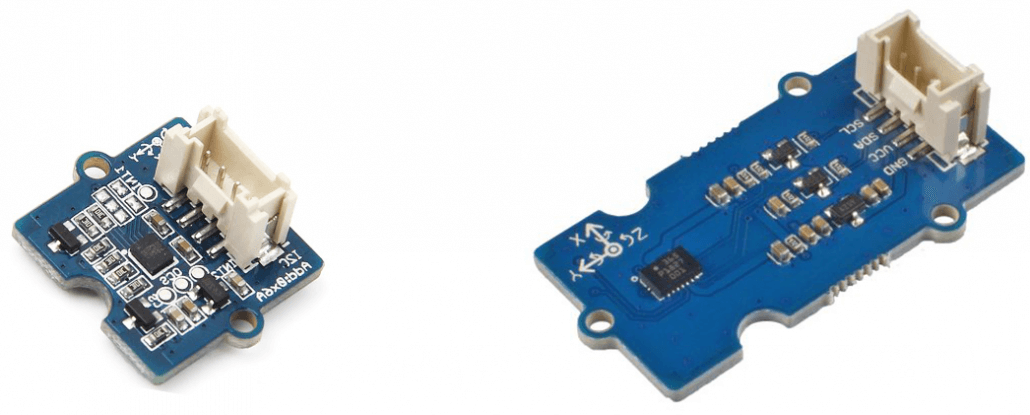
We have another module combined with a 3 – axis acceleroemeter and a 3-axis comapass
Also, we have IMUs (Inertial Measurement Unit) that contains a 3-axis accelerometer, 3-axis gyroscope, and a 3-axis compass. Therefore these are called IMU 9DOF (Degree of freedom).

We have a Grove – IMU 10DOF v2.0 as well which is similar to the 9DOF but with an additional barometer on board.
So, guys that is it for the new products for this week. Hope you guys liked our products. Stay tuned for more products which are releasing next week!
